FOR ALL AGES
We all love a good board game. Not only are they so much fun to play with the whole family, but they're great when it comes to teaching your children social skills. Unfortunately, games can be pretty expensive, and the ones that you do have may be getting quite repetitive by now - so why not try making your own? Creating your own board game is a great way to get creative with your kids, and also provides lots of fun for future games. Check out the different ways that you can make your own board game below, and see which one works best for you!
First and foremost, whatever game you're planning on playing, you'll need a board. There are several different easy ways that you can do this.
Draw It Out
Using either paper, or cutting out some cardboard (we'd recommend using the inside of a large cereal box or pizza box), you can create a simple board with just some pens, paint, rulers, and any decorations you'd like. You could even cut out squares of coloured paper and glue them onto your board for a more creative design. Be sure to let the kids get inventive with ideas and decorations, you'll end up with a board that you can treasure forever.
Print It Out
If you're a little more adept with design and have programs such as Adobe Photoshop or Illustrator available to you at home - why not try designing your board game virtually and then printing it off? You'll be certain to have a more precise board, and your kids can input their opinions as you go along.
Alternatively, there are several free templates available online of empty boards that you can simply print off and fill out however you'd like.
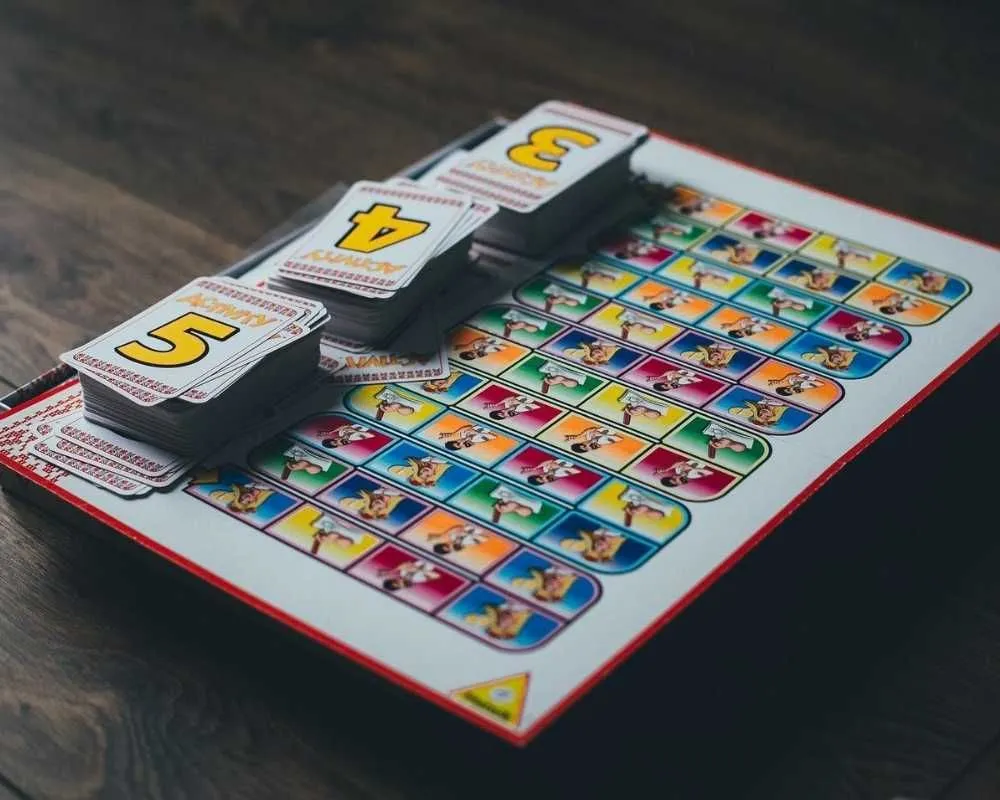
Make Cards By Hand
Start by drawing out the size and shape of the card you're going for, on either paper or cardboard - and cut this out. You can use the first card as a template to cut out as many other cards as you need. It's great fun to get creative and decorate the back of the cards with the kids, too.
Print Out Cards
Much like we suggested earlier when it came to creating your own board, you can also use design software such as Adobe Photoshop or Illustrator to design and print out your own cards. If this sounds a little complicated to you, you can also try out Microsoft Word to create a basic card, or even find a set online to print off. All you'll need is a good pair of scissors for all the cutting out! (This method also comes in super handy if you lose a card, as you can simply print out a new one.)
Use An App
If you don't feel like cutting out endless cards, there are also plenty of apps that can help you out. Simply download a flashcard app on your phone. While these are supposed to be used to help people memorise things, you'll be able to use the technology to create your own board game cards with instructions, or whatever you'd like. You'll then be able to simply use your phone when playing.
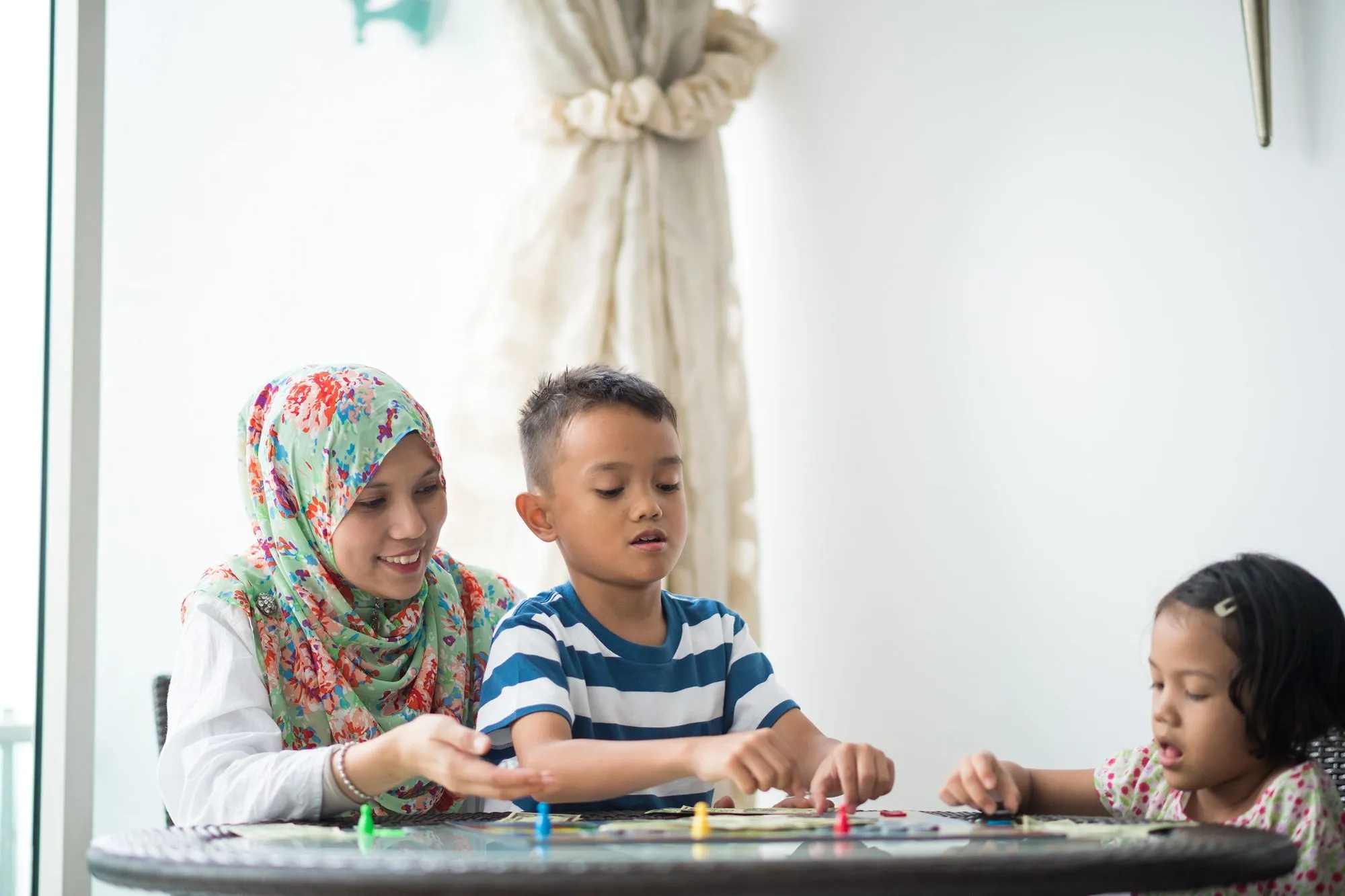
Use Existing Game Pieces
The easiest (and simplest) way to get your own game pieces is to gather them from existing games that you have laying around the house. Most board games have a selection of colourful pieces, so it won't be too hard to borrow some from them.
Use Bits and Bobs From Around The House
Perhaps a more exciting way is to come up with your own pieces using bits that you can find around the house. Children may have mini collections of animals or cars, even lego - and if worst comes to worst, you could always use coloured bottle lids or buttons.
Order a Set Online
There are plenty of cheap sets of board game pieces that are available to order on websites such as Amazon and eBay if you want your own specific set for your new game.
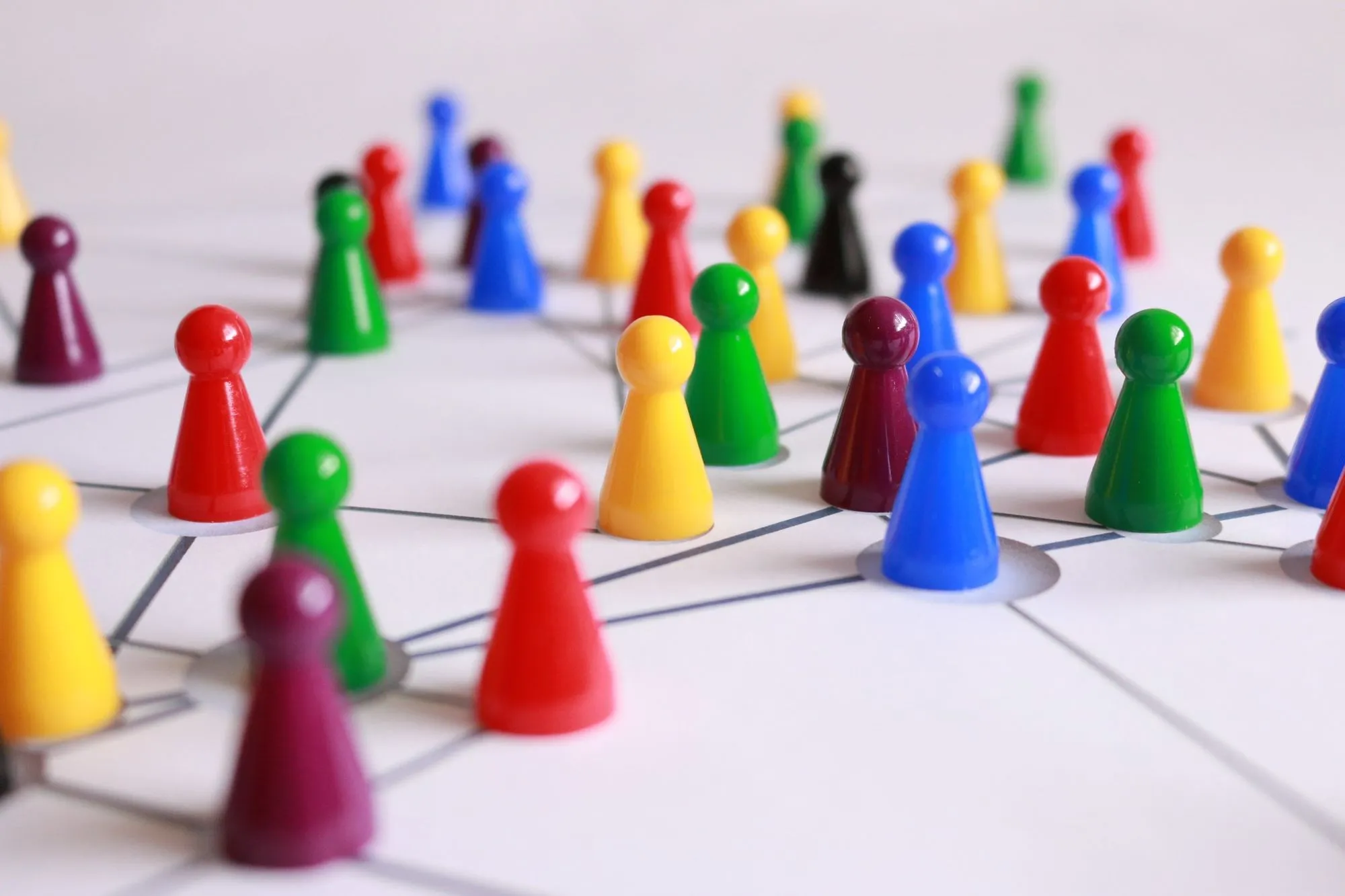
Use Paper
If you want to have the full 'creating your own board game' experience, then you should try your hand at making your own dice. With just some paper, a ruler, scissors, and a pen - you'll be ready to play in no time.
Use an App
Alternatively, there are also apps that you can use to virtually roll a dice if you don't have any laying around at home and don't want to make any.
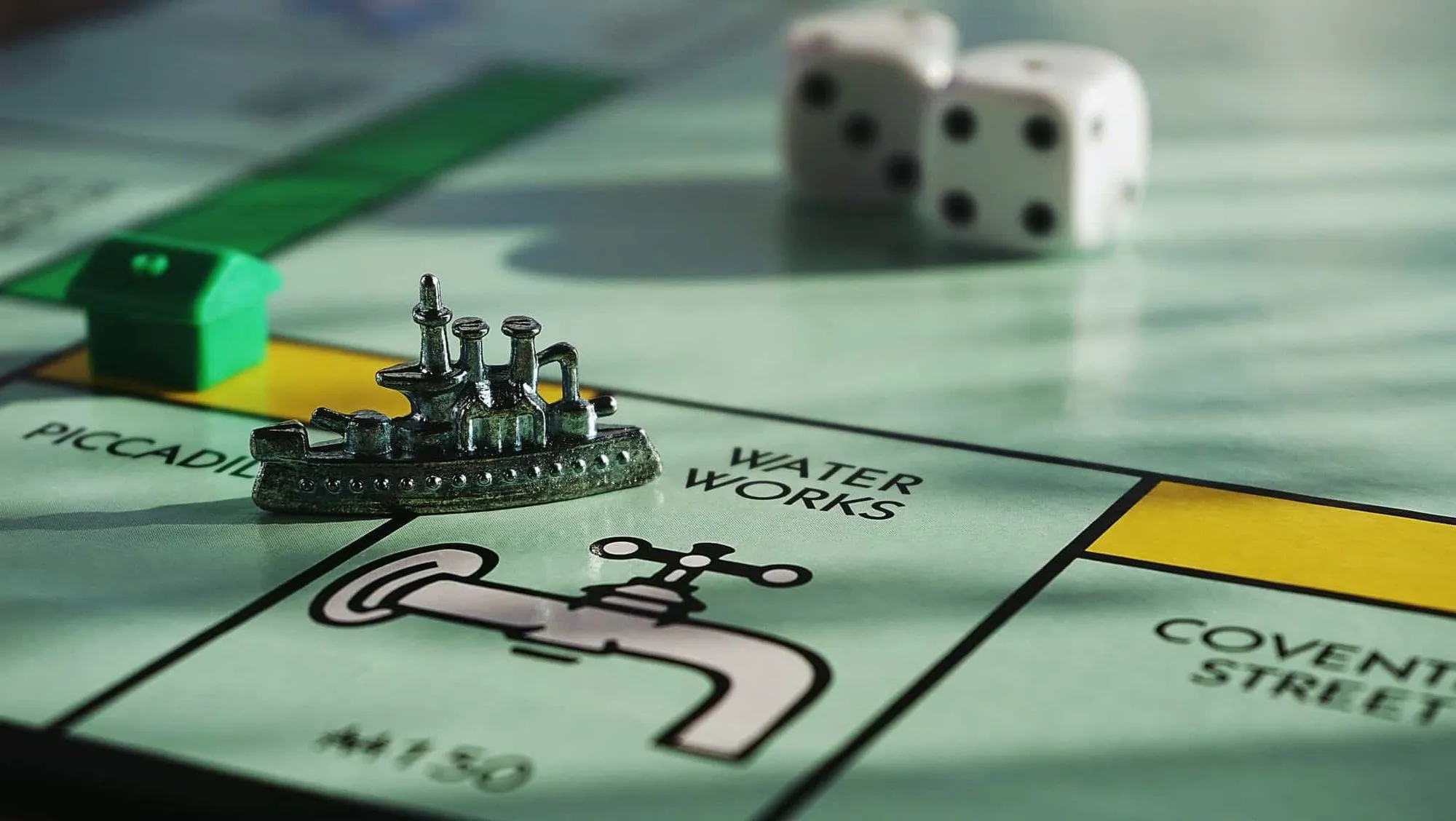
There are so many different DIY board games that you can make, all of which you can adapt for both kids and adults to play.
Start off by deciding what type of board game you're going to make - whether you're going to create a straightforward board where pieces move block-by-block, or something a little more complicated - and a theme (from Disney princesses to dinosaurs - your kids will love coming up with their own ideas). The next step would be to sketch it all out and write out a list of instructions and rules. This is where you can adapt the game for younger and older members of the family - if your board game involves questions then you could create a more difficult set for adults, and so on. Don't forget to come up with a creative name for your masterpiece!
If you're stuck on ideas for where to get started, take a look at the following for a couple of basic games to get you going:
The Colour Game
Design your board, making each block a different colour. The basic rules are as follows:
1) The first player rolls a dice, and lands on a colour.
2) The player then chooses a matching coloured card and performs the task/prize/penalty.
3) This continues in turn until the players reach the end of the board.
While very straightforward, you can make adjustments to design elements and instructions as you create it - depending on the level of difficulty you're after. Whether you're playing with two people or ten, the game makes for a great play during game nights. You can even team up in pairs!
The Memory Game
Base a board game around your very own family - using photos of your family and special memories as the pathway of the board.
1) Each player takes a turn to roll the dice, landing on a photo.
2) The player picks up the corresponding photo card and has to answer a question related to the photo. (These could include birthdays, names, occasions - or even questions such as 'What is [X]'s favourite colour?')
3) If the question is answered correctly, players win a token.
4) This continues until each player reaches the end of the board, and whoever has the most tokens at the end will be crowned the winner.
Depending on your game and theme, ideas for cards could include:
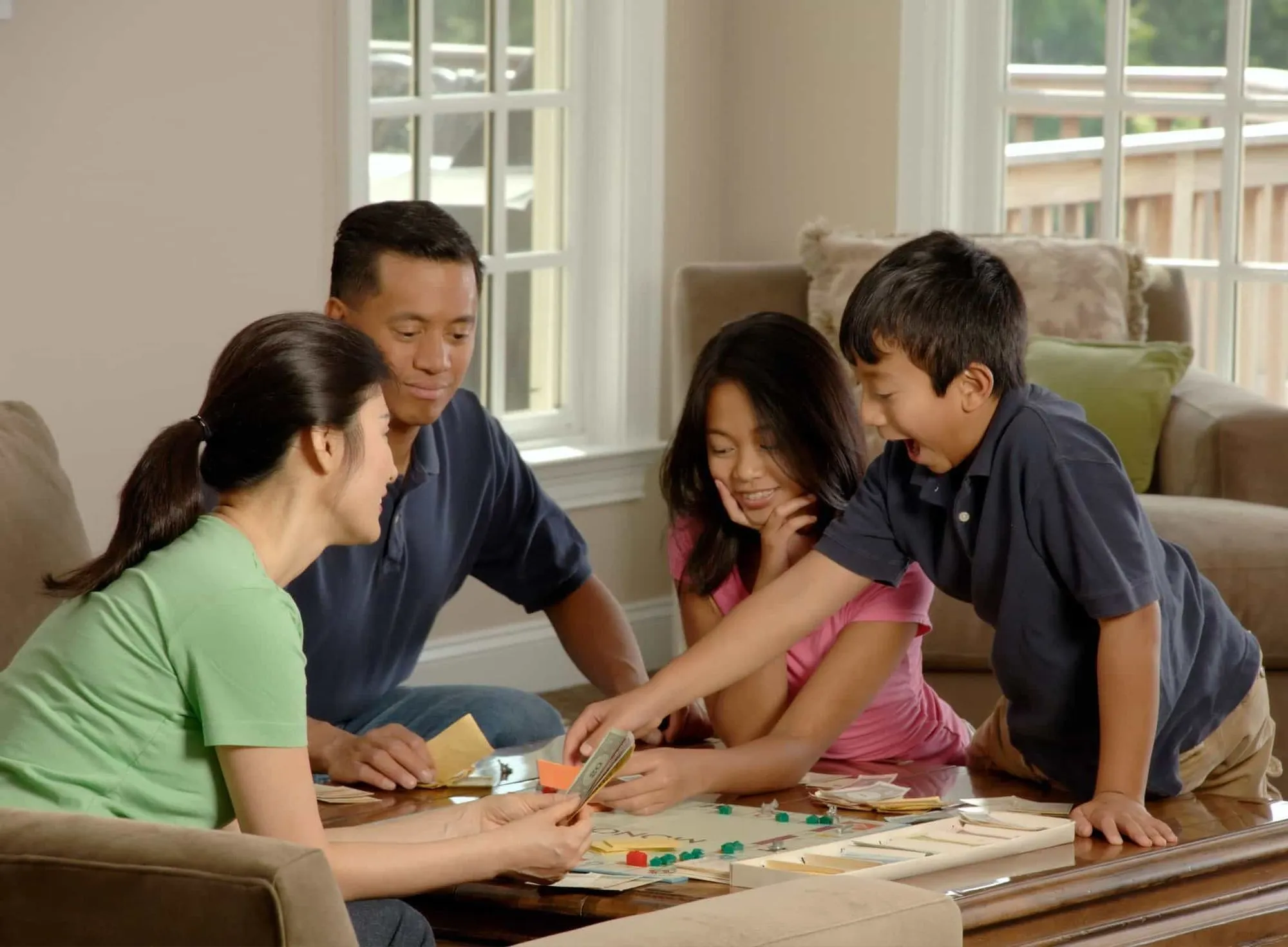
Whatever game you end up creating, the most important thing is to make sure the whole family is having fun and giggling together. While you may end up having to make little changes to the rules as you figure the game out, you'll be sure to have a great time - and that's what matters!
Read The Disclaimer
At Kidadl we pride ourselves on offering families original ideas to make the most of time spent together at home or out and about, wherever you are in the world. We strive to recommend the very best things that are suggested by our community and are things we would do ourselves - our aim is to be the trusted friend to parents.
We try our very best, but cannot guarantee perfection. We will always aim to give you accurate information at the date of publication - however, information does change, so it’s important you do your own research, double-check and make the decision that is right for your family.
Kidadl provides inspiration to entertain and educate your children. We recognise that not all activities and ideas are appropriate and suitable for all children and families or in all circumstances. Our recommended activities are based on age but these are a guide. We recommend that these ideas are used as inspiration, that ideas are undertaken with appropriate adult supervision, and that each adult uses their own discretion and knowledge of their children to consider the safety and suitability.
Kidadl cannot accept liability for the execution of these ideas, and parental supervision is advised at all times, as safety is paramount. Anyone using the information provided by Kidadl does so at their own risk and we can not accept liability if things go wrong.
Kidadl is independent and to make our service free to you the reader we are supported by advertising.
We hope you love our recommendations for products and services! What we suggest is selected independently by the Kidadl team. If you purchase using the buy now button we may earn a small commission. This does not influence our choices. Please note: prices are correct and items are available at the time the article was published.
Kidadl has a number of affiliate partners that we work with including Amazon. Please note that Kidadl is a participant in the Amazon Services LLC Associates Program, an affiliate advertising program designed to provide a means for sites to earn advertising fees by advertising and linking to amazon.
We also link to other websites, but are not responsible for their content.
Was this article helpful?
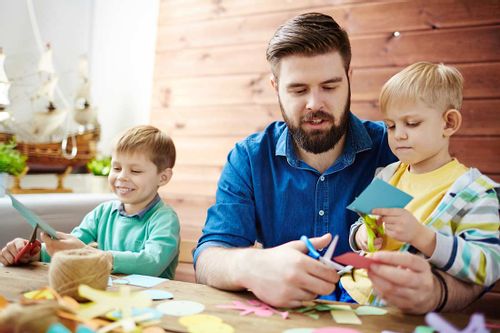
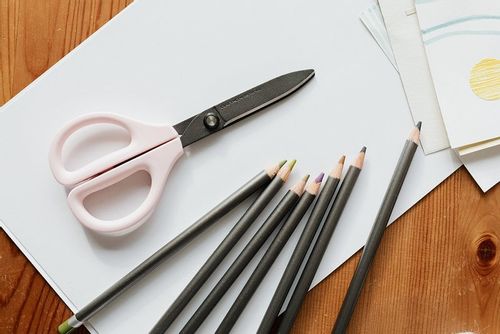

Browse Category



We’ll send you tons of inspiration to help you find a hidden gem in your local area or plan a big day out.



Check your inbox for your latest news from us. You have subscribed to:
Remember that you can always manage your preferences or unsubscribe through the link at the foot of each newsletter.